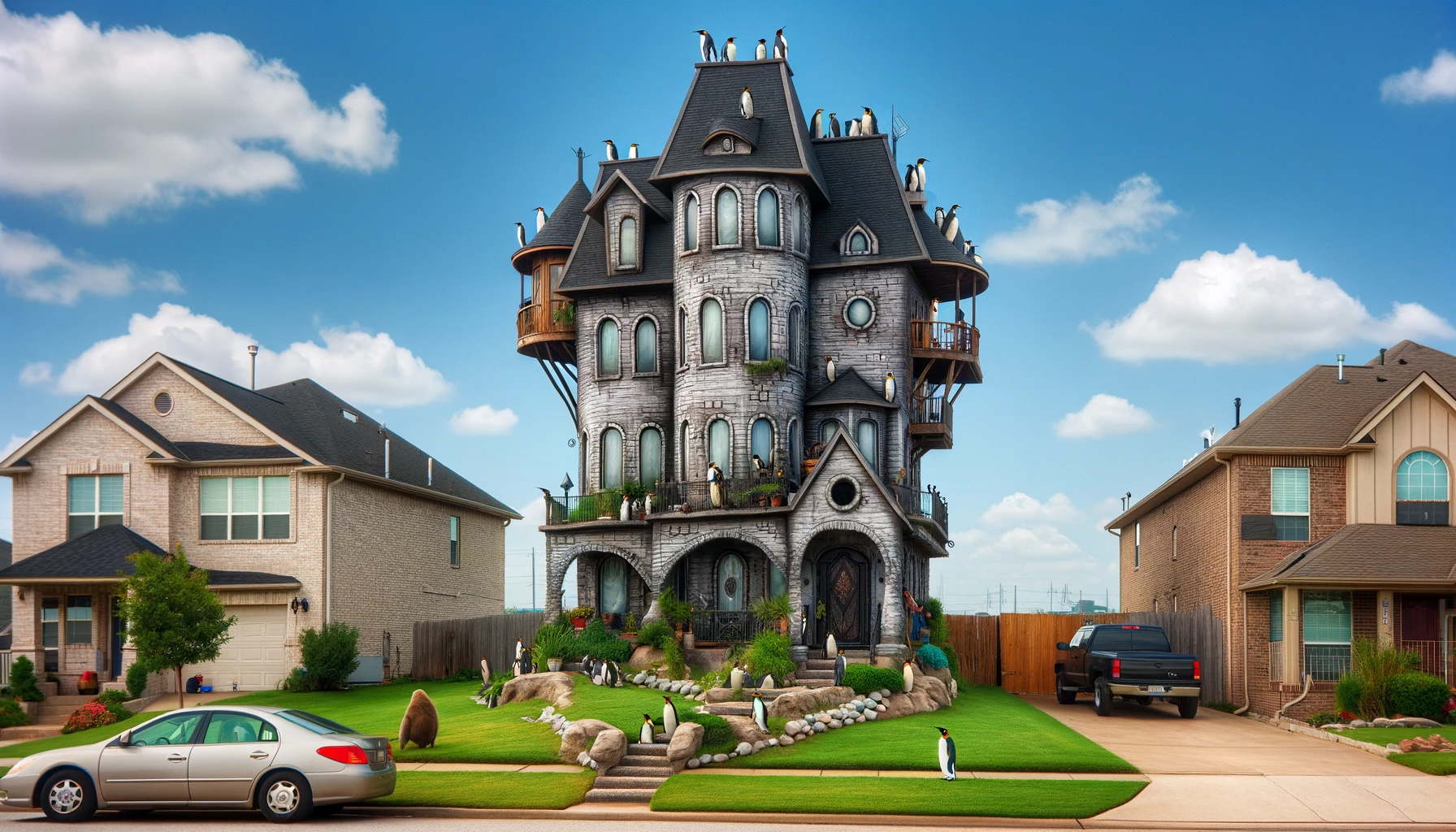Own a home. It’s the American dream. But is it?
In James Truslow Adams’s 1931 The Epic of America, he popularized the concept of the American dream, describing it as “that dream of a land in which life should be better and richer and fuller for everyone, with opportunity for each according to ability or achievement.” This dream feels like an ideal to strive towards. The concept of the American dream expanded to include homeownership after World War II.
Government Push
In the 1930s, the US government created government-sponsored enterprises (GSEs), including the Federal Housing Administration (FHA) and later the Federal National Mortgage Association (Fannie Mae) and the Federal Home Loan Mortgage Corporation (Freddie Mac). These GSEs provide guarantees and buy mortgages from lenders, making it easier for them to offer lower interest rates and longer loan terms to potential homeowners.
In addition, the government altered the tax code to incentivize homeownership by offering various deductions and credits for homeowners, such as mortgage interest and property taxes.
These government programs drove homeownership, but homeownership today is not what it was in the 20th century.
Ownership
Nowadays, properties are only allowed so much paved area or livable square feet. Try building a tower in a suburban neighborhood or adding an addition without approval. There are hundreds of rules regarding how to utilize a property– how it can look and what you can do on your own property must comply.
To make significant modifications, you must deal with neighborhood associations, permitting, building codes, zoning, city councils, and HOAs. With the number of rules and regulations, no one truly controls their property anymore, e.g., you’d be hard-pressed to build something like the Flinstone house in an American neighborhood when children can’t sell lemonade in the front yard.

If you don’t control your land, you don’t own your land. What most consider ownership is an investment.
Institutions
Individuals own around ¾ of single-family rentals. Most of these individuals are emotionally attached to the properties they’re renting out. Individual investors often feel they own their investment property, leading to issues between residents and non-institutional landlords.
A property manager’s goal should be to maximize long-term profitability. That is accomplished by doing what residents and prospective residents want. Ownership is the wrong frame. Residents aren’t lucky to rent a property; Residents are customers. The property is an investment.
Sophisticated institutions treat properties as investments. Institutions currently own 3% of single-family rental properties.
In a series of posts, we will examine the history of single-family home ownership, international home ownership trends, the upsides and the downsides of homeownership, and the consequences of homeownership increasing or decreasing in the US. Please keep an open mind, as what we find might surprise you.
